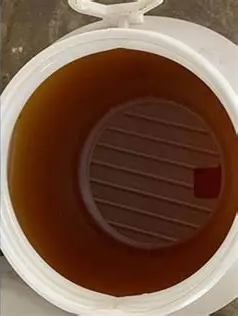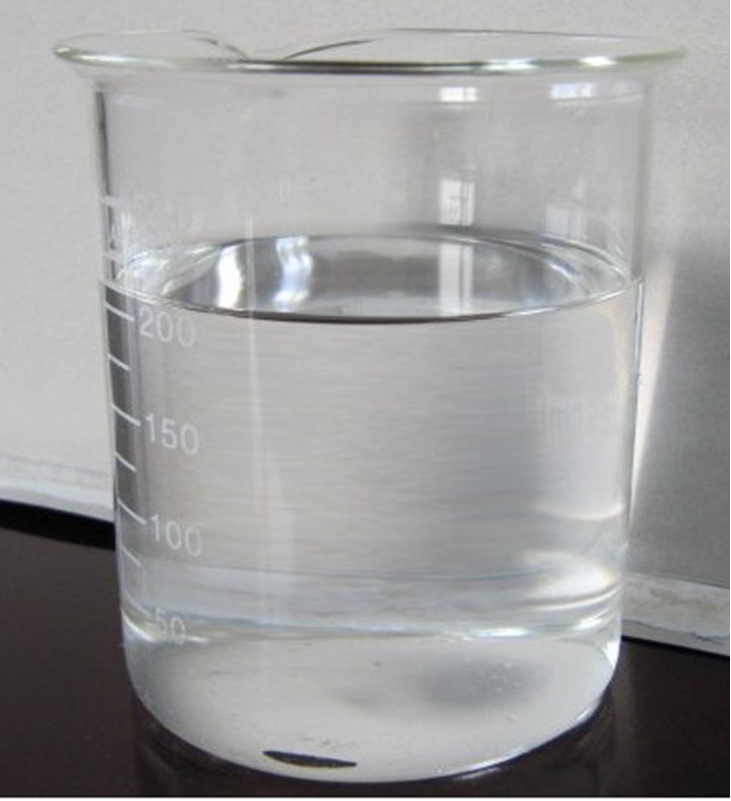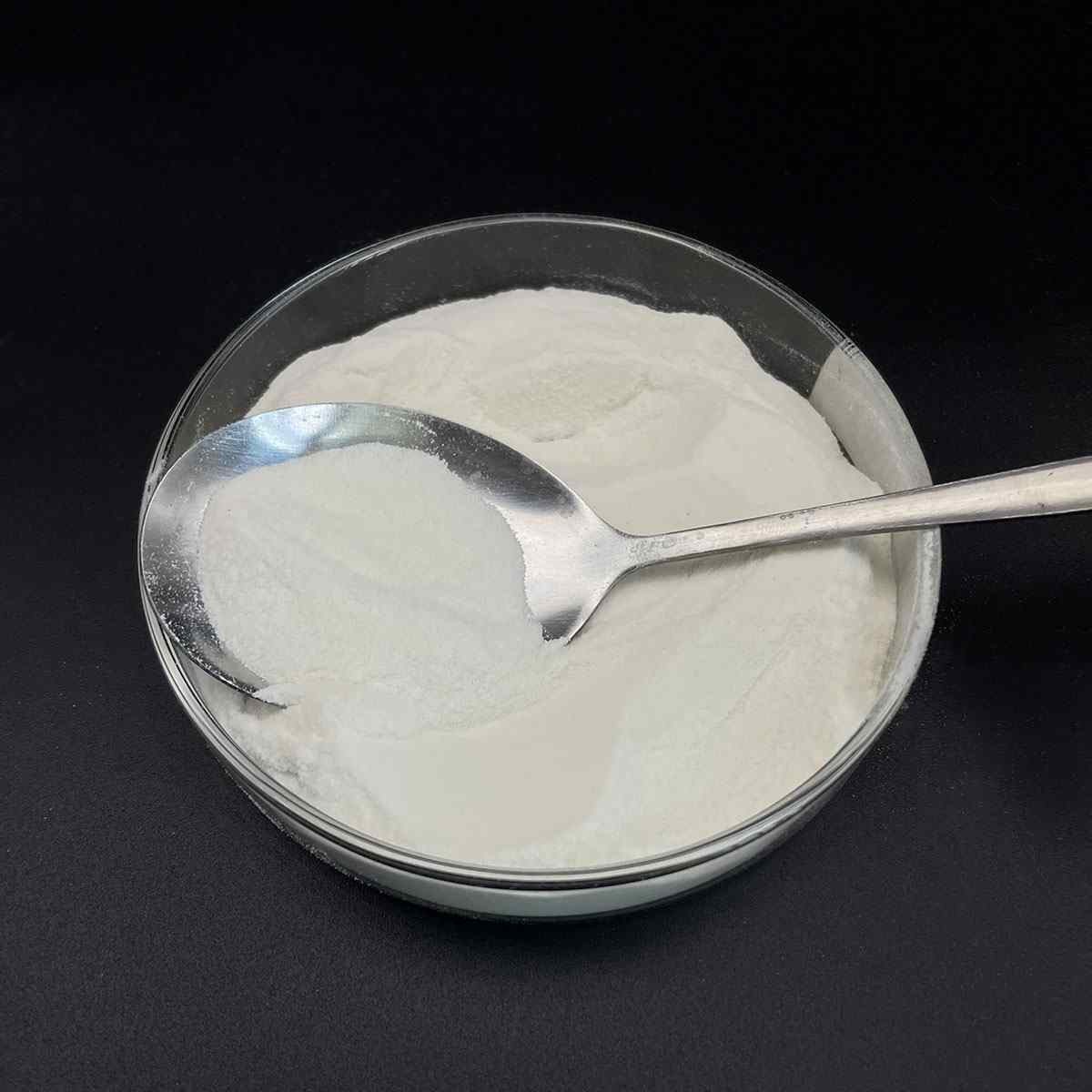1. Introduction
Just 24 hours ago, a viral TikTok video sparked panic among skincare enthusiasts when it claimed that ‘sodium lauryl sulfate causes irreversible skin damage.’ While the video has since been flagged for misinformation, it reignited a long-standing debate about this ubiquitous ingredient. Before you toss your favorite shampoo, let’s unpack what sodium lauryl sulfate really is—and whether it deserves its bad rap.

2. What Is Sodium Lauryl Sulfate?
Sodium lauryl sulfate (SLS), also known as sodium dodecyl sulfate or natrium lauryl sulfate, is a powerful anionic surfactant. The term ‘surfactant’—short for ‘surface-active agent’—refers to molecules that reduce surface tension between liquids or between a liquid and a solid. In plain English: surfactants help things mix, foam, and clean. SLS is derived from lauryl alcohol (often sourced from coconut or palm kernel oil) and is prized for its ability to create rich lather and lift away grease.
- It’s used in toothpaste, shampoos, body washes, and even industrial cleaners.
- Chemically, it’s C12H25SO4Na—yes, that’s a mouthful, but your morning shower already knows it well.
3. How Does SLS Work?
As an anionic surfactant, SLS carries a negative charge, which helps it bind to oils and dirt on your skin or hair. When you rinse, the surfactant molecules drag the grime away with them. This is why products with SLS lather so impressively—though lather doesn’t always equal cleaning power. Fun fact: your lungs also use natural surfactants to reduce surface tension in alveoli, but those are phospholipid-based, not SLS!

4. SLS vs. SLES and Other Surfactants
Don’t confuse SLS with sodium laureth sulfate (SLES), also called sodium lauryl ether sulfate or sodium lauryl ether sulphate. SLES is ethoxylated—meaning it’s been treated with ethylene oxide—which makes it milder but raises other concerns about potential 1,4-dioxane contamination. Both are anionic, but SLES is generally gentler on skin.
Meanwhile, gentler alternatives are gaining popularity:
- Alkyl polyglucoside and decyl glucoside: non-ionic surfactants derived from sugar and coconut oil.
- Cocamidopropyl betaine (also called coco betaine or amidopropyl betaine): an amphoteric surfactant that works well with anionic types to reduce irritation.
- Sodium cocoyl isethionate and sodium lauroyl sarcosinate: mild anionic surfactants often found in ‘sulfate-free’ bars.
5. Beyond the Bathroom: Industrial and Agricultural Uses

SLS isn’t just for personal care. It’s also used as a surfactant for herbicides and weed killers, acting as a lawn wetting agent or wetting agent for grass to help chemicals stick to waxy plant leaves. In agriculture, nonionic surfactants like polysorbate 80, Span80, or ethoxylated alcohols are often preferred for their stability and low toxicity.
Other niche surfactants include:
- Lignin sulfonate: a bio surfactant from wood pulp.
- Sodium deoxycholate and sodium oleate: used in labs and pharmaceuticals.
- Fluoro surfactants: for high-performance applications (think firefighting foam).
6. Safety, Myths, and Misconceptions
Despite its reputation, SLS is not inherently toxic. Regulatory bodies like the FDA and EU SCCS consider it safe at typical use concentrations (usually under 1–2% in leave-on products). However, it can be irritating to sensitive skin—especially at high concentrations or with prolonged exposure. That’s why many brands now blend it with amphoteric surfactants like cocamidopropyl or non-ionic ones like coco glucoside to buffer its harshness.
And no, SLS is not the same as sodium dodecylbenzene sulfonate (a laundry detergent workhorse) or cetyl trimethyl ammonium bromide (CTAB, a cationic surfactant used in hair conditioners). Mixing up anionic and cationic surfactants can actually cancel each other out—chemistry isn’t always cooperative!
7. Where to Buy and What to Watch For
If you’re formulating products or just curious, you can find sodium lauryl sulfate for sale from suppliers like Rohit Surfactants Private Limited. But read labels carefully: ‘sls sodium lauryl sulfate,’ ‘na lauryl sulfate,’ and ‘sls sulfate’ all refer to the same compound. Meanwhile, ‘sls sodium laureth sulfate’ is a mislabeling—SLES is different!
Also note regional spelling differences: ‘sulphate’ (British English) vs. ‘sulfate’ (American English). So ‘laureth sulphate’ and ‘sulfate laureth’ point to SLES, not SLS.
8. The Rise of Bio-Based and Mild Alternatives
Consumer demand for gentler, eco-friendly options has boosted interest in bio surfactants like sodium coco sulfate, coco sodium sulfate, and sodium cocoyl glutamate. These are often derived from renewable resources and are biodegradable. Poloxamer 188 (Pluronic 127) and other block copolymers are even used in drug delivery systems thanks to their low irritation profile.
9. Conclusion
Sodium lauryl sulfate isn’t the villain some make it out to be—but it’s not for everyone. If you have sensitive skin, eczema, or just prefer a gentler cleanse, explore alternatives like alkyl polyglucoside or cocamidopropyl betaine. And if you’re using it in herbicides? Make sure it’s the right surfactant for the job—sometimes a simple nonionic surfactant works better than a harsh anionic one. Knowledge is lather, rinse, repeat.
Our Website founded on October 17, 2012, is a high-tech enterprise committed to the research and development, production, processing, sales and technical services of ceramic relative materials such as Understand. Our products includes but not limited to Boron Carbide Ceramic Products, Boron Nitride Ceramic Products, Silicon Carbide Ceramic Products, Silicon Nitride Ceramic Products, Zirconium Dioxide Ceramic Products, etc. If you are interested, please feel free to contact us.


